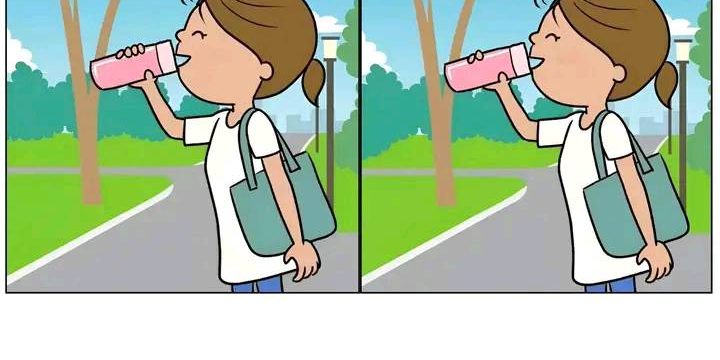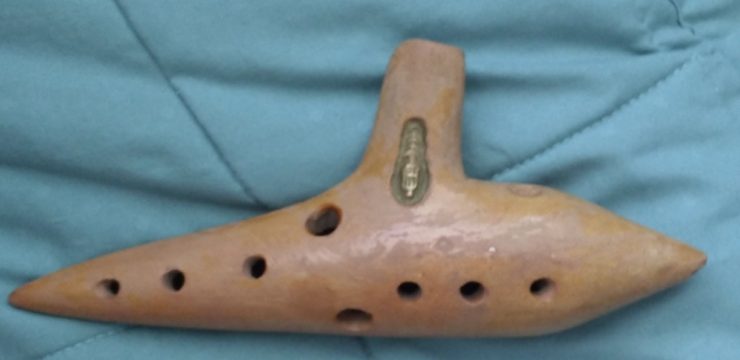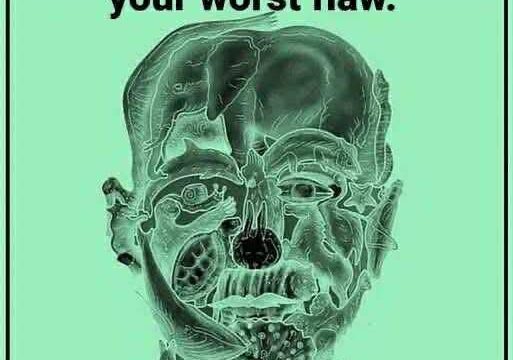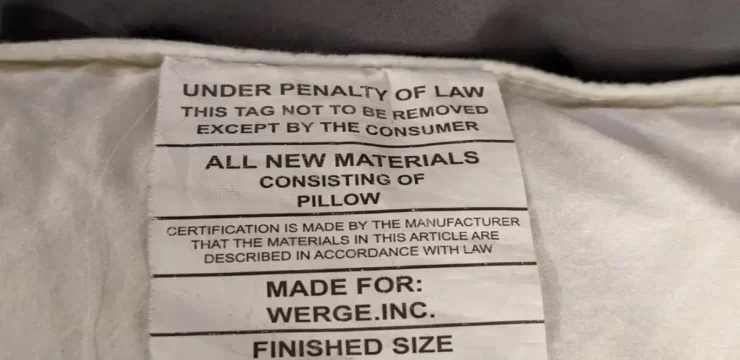Have you ever tried solving a brain teaser that looked easy at first but turned out to be much harder the longer you stared at it? That’s exactly what happens with the puzzle called “Which Woman Is the Thief?” It’s the kind of visual riddle that seems straightforward, yet the more time you spend analyzing it, the more it challenges your thinking. The scene is simple: four women standing together, and the goal is to figure out which one is the thief.
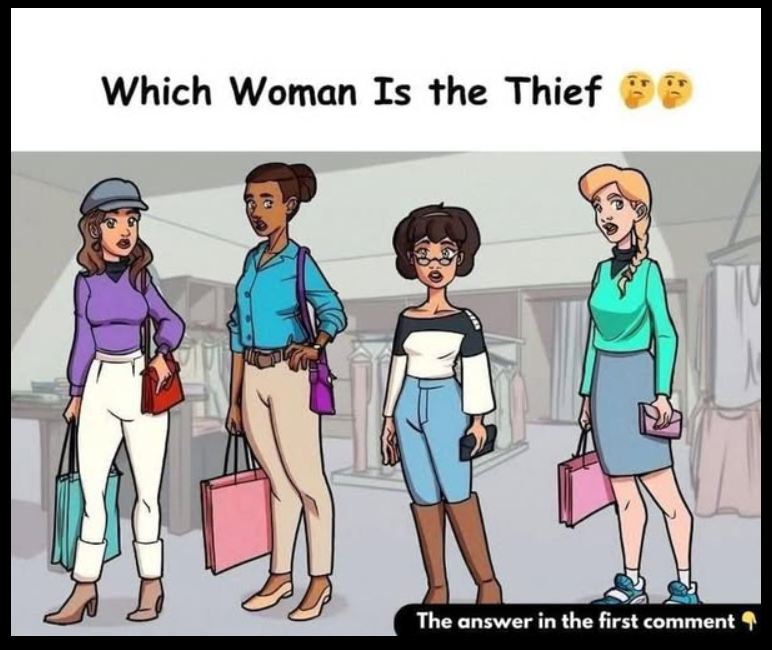
While it might sound like a piece of cake, it’s anything but. Many people who take a crack at this puzzle end up focusing on the wrong things. They look at the women’s expressions, their postures, or the way they’re standing. Maybe one looks nervous, another too confident, or one seems to be hiding something. These details might feel important, but they’re actually red herrings—little distractions meant to throw you off the trail. The real clue isn’t in their eyes or their body language; it’s right under your nose—or more accurately, under their ankles. That’s right: the key to solving this puzzle is their shoes. When you carefully inspect the image, you’ll see that each woman is wearing a pair of shoes, but there’s something strange about one of them.
Three of the women have shoes that match perfectly, one on each foot. But one woman stands out because she’s wearing two different shoes—mismatched footwear that doesn’t belong together. This one detail changes everything. At first glance, it might seem like an innocent mistake or a fashion choice, but in the context of a theft, it’s a red flag. The idea behind this clue is that the thief may have fled the scene quickly, perhaps so fast that she accidentally slipped on someone else’s shoe while running away. Or maybe she lost one of her own in the rush and had to grab whatever was nearby to avoid being barefoot.
Either way, mismatched shoes suggest panic, a rushed getaway, and most importantly, guilt. This clue is easy to miss if you’re only focusing on facial expressions or how the women are posed. It takes sharp observation and a willingness to think logically rather than emotionally. While one woman might have a guilty look on her face, another might be crossing her arms or looking suspiciously away—but those aren’t reliable indicators of guilt in this puzzle.
The truth is in the footwear, and it’s the kind of detail that most people overlook on their first attempt. That’s what makes this puzzle both fun and frustrating—it forces you to stop assuming and start analyzing. It’s not about who looks like a thief, but who shows signs of having been in a rush, unprepared, or careless. And when you realize that one woman is the only one not wearing matching shoes, the answer becomes obvious. She’s the thief, not because she looks guilty, but because her appearance has a logical inconsistency. In real life, solving problems often requires that same level of detail-oriented thinking. We’re surrounded by distractions that can make it hard to focus on what actually matters, and it’s easy to let emotions cloud our judgment. But puzzles like this remind us that logic, patience, and a keen eye can often reveal the truth better than any gut feeling. So the next time you come across a brain teaser or face a tricky situation, remember this puzzle and the importance of looking beyond the surface. Sometimes, all it takes to crack the case wide open is noticing something as small—and telling—as a mismatched pair of shoes.
